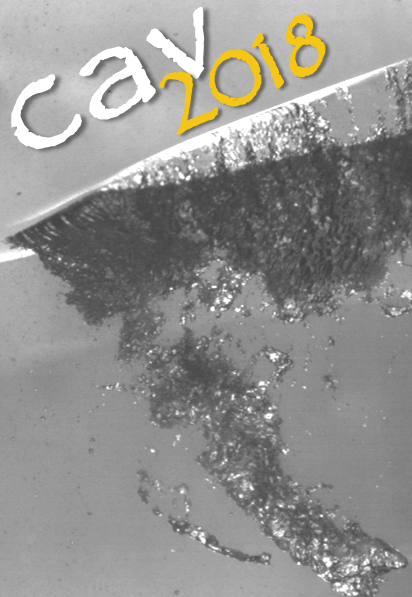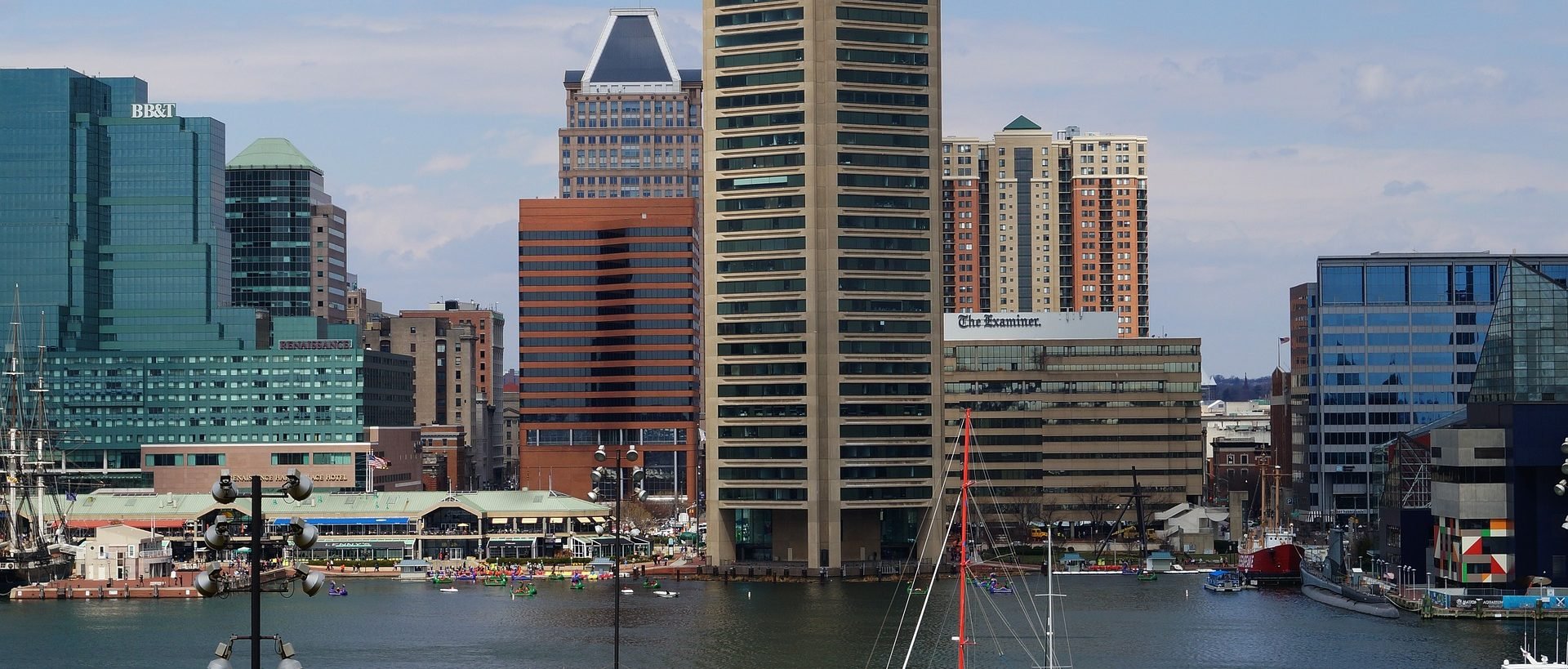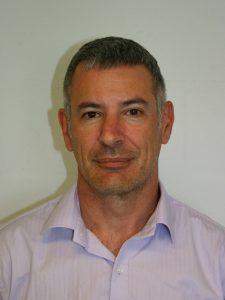 Paul Brandner
Paul Brandner
Professor – Australian Maritime College
University of Tasmania, Australia
“Microbubbles and Cavitation: Microscales to Macroscales”
Microbubbles are systemic to cavitation physics. They are present in all practical liquid flows, they provide nuclei for inception, their dynamics play a role in many of the phenomena and processes involved in cavitation and ultimately they are generated by cavitation collapse and condensation.
Various techniques for the generation, measurement and dispersion of microbubbles for experimental modelling of cavitation nucleation and dynamics in hydrodynamics test facilities are presented. Controlled generation of microbubbles are also required for development and calibration of optical measurement techniques and for flow diagnostics.
Several techniques for generation of mono-, and poly-disperse microbubble populations in the size range 1 to 100 microns are discussed. Microbubble concentrations generated by devices or from cavitation itself vary from 1000 bubbles per cubic cm down to 0.01, in addition to the size range, necessitating the use of several methods for measurement of both size range and concentration.
Experimental results demonstrating the influence of nuclei populations on stable and unstable cavitation in canonical flows about spheres and hydrofoils are presented. Nuclei populations affect shedding mechanisms and modes, spectral content, amplitudes of forces and microbubble content in downstream wakes.
Bio
Paul Brandner is Research Leader of the Cavitation Research Laboratory at the Australian Maritime College, University of Tasmania. His research interests include cavitation inception and dynamics, bubbly flows, supercavitation, fluid-structure interaction and hydroacoustics.
 Tim Colonius
Tim Colonius
Frank and Ora Lee Marble Professor of Mechanical Engineering
California Institute of Technology (Caltech), USA
“Numerical Simulation of Cavitation and Bubble Dynamics in Medicine”
Acoustic waves, especially high-intensity ultrasound and shock waves, are used for medical imaging and intra- and extra-corporeal manipulation of cells, tissue, and urinary calculi. Waves are currently used to treat kidney stone disease, plantar fasciitis, and bone nonunion, and they are being investigated as a technique to ablate cancer tumors and mediate drug delivery. In many applications, acoustic waves induce the expansion and collapse of preexisting or newly cavitating bubbles. The resulting bubble dynamics generate high, localized stress and strain that can be beneficial or deleterious depending on how effectively they can be controlled. We describe efforts aimed at simulating the collapse of bubbles, both individually and in clusters, with the aim to characterize the induced mechanical stresses and strains. We also discuss how the evolving methodology of interface-capturing algorithms, on one hand, and sub-grid-scale spherical-bubble-cluster models, on the other, may ultimately be fused to produce more accurate, general-purpose cavitation models.
Bio
Tim Colonius is the Frank and Ora Lee Marble Professor of Mechanical Engineering at the California Institute of Technology. He received his B.S. from the University of Michigan in 1987 and M.S and Ph.D. in Mechanical Engineering from Stanford University in 1988 and 1994, respectively. He and his research team use numerical simulations to study a range of problems in fluid dynamics, including aeroacoustics, flow control, instabilities, shock waves, and bubble dynamics. Prof. Colonius also investigates medical applications of ultrasound, and is a member of the Medical Engineering faculty at Caltech. He is a Fellow of the American Physical Society and the Acoustical Society of America, and he is Editor-in-Chief of the journal Theoretical and Computational Fluid Dynamics.
Sang Joon Lee 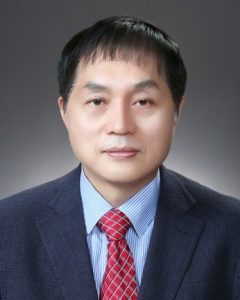
Professor – Department of Mechanical Engineering
Pohang University of Science & Technology (POSTECH), South Korea
“Biofluid Flow Phenomena and Xylem Cavitation in Vascular Plants”
Xylem vessels of vascular plants are responsible for transport of water and nutrients. Sap is driven upward from the roots to the leaves through xylem vessels using the negative hydrostatic pressure created by transpiration in plant leaves. Since the negative suction pressure frequently forms gas bubbles (cavitation) in xylem vessels under meta-stable state. Cavitation threatens water transport under tension in xylem vessels of vascular plants. Interestingly, plants have inherent hydraulic survival strategies to limit the spreading of embolism and repair the embolized conduits spontaneously. Plants have highly redundant xylem bundles and bypass strategy as a secret of nature. The 3D morphological structures of xylem vessels and sap transport in various plants were visualized using X-ray micro imaging technique. Real-time observation of sap flows and xylem cavitation under in vivo condition is helpful to understand the basic biophysics of hydraulic phenomena, especially embolism repair in vascular bundles. Water-refilling stops at membrane structures of xylem vessels and there exists discontinuous radial water influx into the adjacent embolized vessels. In addition, an alternating pattern of water refilling occurs in the interconnected xylem networks. These peculiar water transport and embolism repair seem to be caused by morphological features of porous membrane structures and radial connectivity of vascular bundle networks. Detailed understanding on the mechanisms of xylem cavitation and embolism repair in vascular plants will be helpful to resolve engineering problems caused by gas bubbles and cavitation.
Bio
Sang Joon Lee received his PhD from KAIST in 1986. Ever since, he has been a Professor of Department of Mechanical Engineering at the Pohang University of Science and Technology (POSTECH). He is the Director of BBRC (Center for Biofluid Flow and Biomimic Research) sponsored by Korean Government. He was selected as a POSTECH fellow in 2010 and APS fellow in 2014. He has published more than 320 papers in reputed international journals and has been serving as Editorial Board Member of several journals.
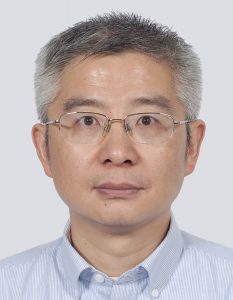 Hua Liu
Hua Liu
Professor – Department of Engineering Mechanics
Shanghai Jiao Tong University
“Unsteady Cavitating Flow around Axisymmetric Body at Small Angles of Attack”
The presentation will focus on the unsteady cavitating flows and the hydrodynamic loads on an axisymmetric slender body at small angles of attack. A review on the unsteady behavior of cavitating flows, characterized as the cavity shedding at a specific range of cavitation number, around an axisymmetric body in the steady incoming flow or that in the steady translation motion will be presented. The periodic characteristics of unsteady cavitating flows around an axisymmetric body were investigated experimentally and numerically for the cases of different headforms and different angles of attack. The transient cavity shape and the transient hydrodynamic forces were measured by the high-speed camera and the five component balance respectively. The frequency characteristics of hydrodynamic forces and moment on axisymmetric bodies were obtained. Numerical simulation of the unsteady flows around an axisymmetric body at angles of attack shows that a high pressure distribution on the body appears at the closure region of the cavity, where the detached sheet cavitation evolves to the cloud cavitation. Given the cavitation number, the shedding process of the cavitating flow is dependent of the headform and the angle of attack of the axisymmetric body. For the case of the accelerating/decelerating incoming flows, an experiment on the unsteady hydrodynamic loads on a cavitating axisymmetric headform was implemented in a cavitation tunnel. The relationship between the hydrodynamic coefficients and the transient cavitation number was analyzed to understand the variation of the unsteady hydrodynamic loads with the changes of the acceleration of incoming flows. Further discussion on the added mass of a cavitating body and the unsteady hydrodynamic loads on a ventilated supercavitating body in unsteady motion will be presented.
Bio
Dr. Hua Liu received his first degree and Master degree from Hohai University in 1984 and 1987, respectively, and Ph.D. degree from Shanghai Jiao Tong University (SJTU) in 1991. Since 1991, Dr. Liu has been working at Department of Engineering Mechanics, SJTU, as a lecturer (1991-1993), an associate professor (1993-1998) and a professor (1998-). He was a visiting associate at Cornell in 1996 and at Caltech in 1997. He is currently a distinguished professor of SJTU and the director of Key Laboratory of Hydrodynamics (SJTU), the Ministry of Education of China. He serves as the Chair of Fluid Mechanics Committee of Chinese Society of Theoretical and Applied Mechanics, Co-chair of the executive committee of International Conference on Hydrodynamics and a member of the IUTAM Symposium Panel/Fluids. His research interests cover cavitation and cavitating flows, violent flows with the free surface, nonlinear water wave dynamics. He has published 100+ papers in the peer reviewed journals and proceedings of international conferences.
Claus Dieter Ohl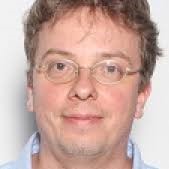
Professor – Otto-von-Guericke University Magdeburg, Germany
“Single Bubbles, with Boundaries, and a Twist”
100 years after Lord Rayleigh’s seminal work on the spherical bubble collapse, cavitation research devoted tremendous effort on understanding the implications from non-spherical bubble dynamics. Here, the early experiments from Kornfeld and Suvorov and the simulations from Plesset and Chapman set the stage for the discoveries we witnessed over the past decades.
We’ll revisit in this presentation single non-spherical cavitation bubble dynamics in classical and novel settings. In particular we’ll have a look at non-spherical bubble dynamics within elastic solids, the driving of oscillatory and jetting cavitation on heaters, and the fragmentation of droplets through jets from an explosion within. I will conclude by adding viscosity to the classical problem of a cavitation bubble near an infinite solid boundary. Taking into account unsteady boundary layers reveals intriguing complex flow while creating enormous wall shear stresses. The aim is to convince you that single bubbles with a twist remain a field of exciting discoveries to be made.
Bio
Prof Claus-Dieter Ohl was infected by Prof Lauterborn with the bubble virus and defended his PhD 1998 at the University of Göttingen. He received training during his postdoctoral stints from Prof Prosperetti at the very Johns Hopkins University and Prof Lohse at Twente University. In 2004 he was awarded the VIDI fellowship and in 2007 he was appointed at the Nanyang Technology University as Assistant Professor and in 2012 as Associate Professor. Over the years his lab worked on cavitation in microfluidics, the physics of bubble cleaning, photoacoustics and time reversal acoustics, and on the dynamics of surface nanobubbles. Since 2018 he is full Professor at the University of Magdeburg at the Institute of Physics.
Tom J.C. van Terwisga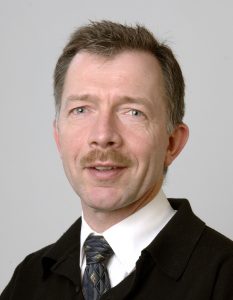
Professor
Maritime Research Institute Netherlands, (MARIN), The Netherlands
“Do We Understand Cavitation Nuisance in Ship Propulsion? …… and Can We Predict it?”
The presentation gives a review of the state of art of predicting Cavitation Nuisance in ship propulsion. Cavitation Nuisance covers cavitation induced vibrations in the aftbody of the ship, underwater radiated noise and cavitation erosion on propeller and rudder. Cavitation nuisance is important in ship design as comfort levels and erosion risk levels need to be met, as well as sometimes required radiated noise levels. Meeting these requirements can generally be fulfilled by ensuring sufficient margins in the design against exceeding the limits. This is however typically at the cost of efficiency. With the current focus on fuel saving, we see that contemporary propeller designs aim at reducing these margins, sometimes at the cost of unacceptable nuisance. In designing toward the limits of acceptability, the reliability of the predictions becomes more and more important.
Before we review experimental and computational achievements over the past decades, the question is addressed whether we truly understand the physical mechanisms of cavitation nuisance. Only after a sufficient understanding we can draw conclusions on an effective physical and numerical modelling. Examples of experimental and numerical achievements will be given, along with some of the more challenging sensitivities which are not yet under control, such as scale effects in vortex cavitation and sensitivities for water quality (free and dissolved air content).
The presentation ends with an example of the implementation of cavitation nuisance in propeller optimization and gives an outlook on the yet unexploited potential of integrated ship-propeller optimization. The question is addressed as to how far we can reduce the propeller tip clearance to enhance propulsive efficiency?
Bio
Tom van Terwisga studied Naval Architecture at Delft University of Technology, where he finished his studies in ship hydrodynamics. After obtaining his Master’s degree in 1985, he was employed by the Maritime Research Institute Netherlands (MARIN) in Wageningen where he started working in the R&D dept. In 1996 he received his PhD degree (with honours) from Delft University on the topic of waterjet-hull interaction. From then on, he focussed his work on Propulsor and Cavitation related research. In 2001 he was appointed as visiting professor at the Chair of Propulsion & Resistance of Ships (30% of his time) in the Dept. of Maritime and Transport Engineering at Delft University. Research at Delft University is focusing on understanding and predicting the fundamental issues of multiphase flow phenomena in resistance and propulsion, such as occur in cavitation and in drag reduction by air lubrication. In the remaining 70% of his time he works with a team at MARIN on multi phase phenomena in ship resistance and propulsion as well as on optimization of propellers and propeller-hull systems.
